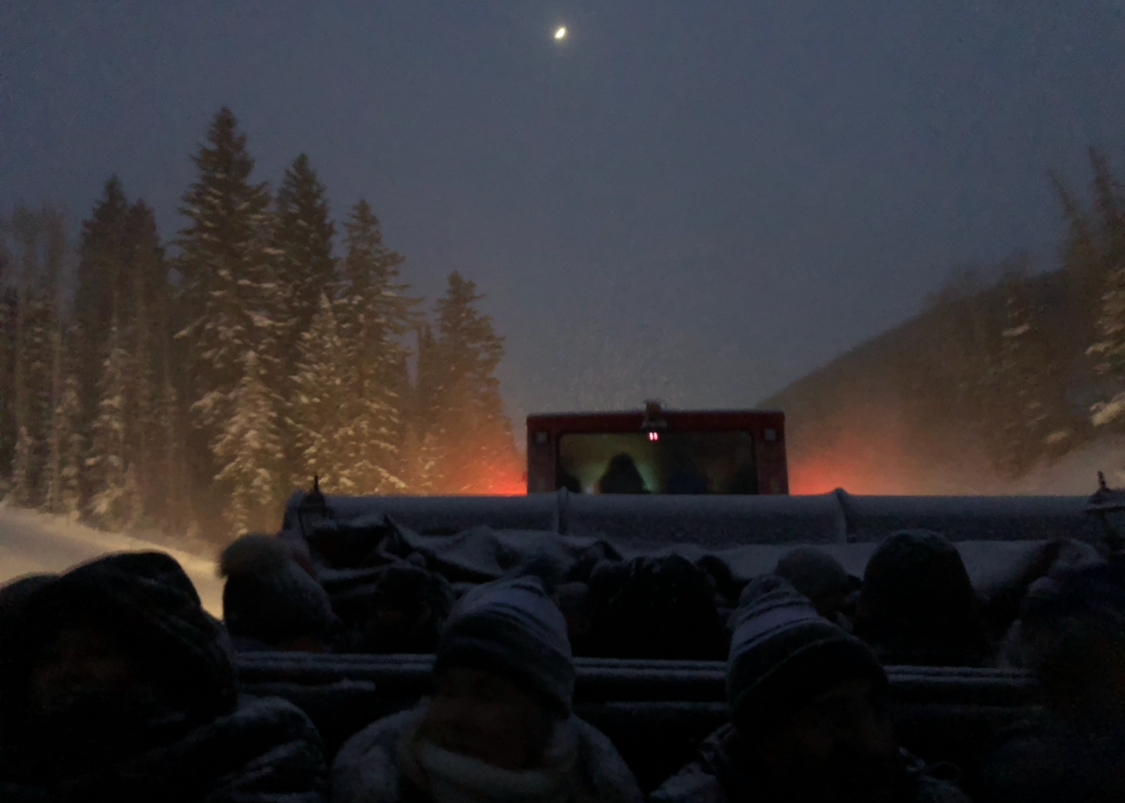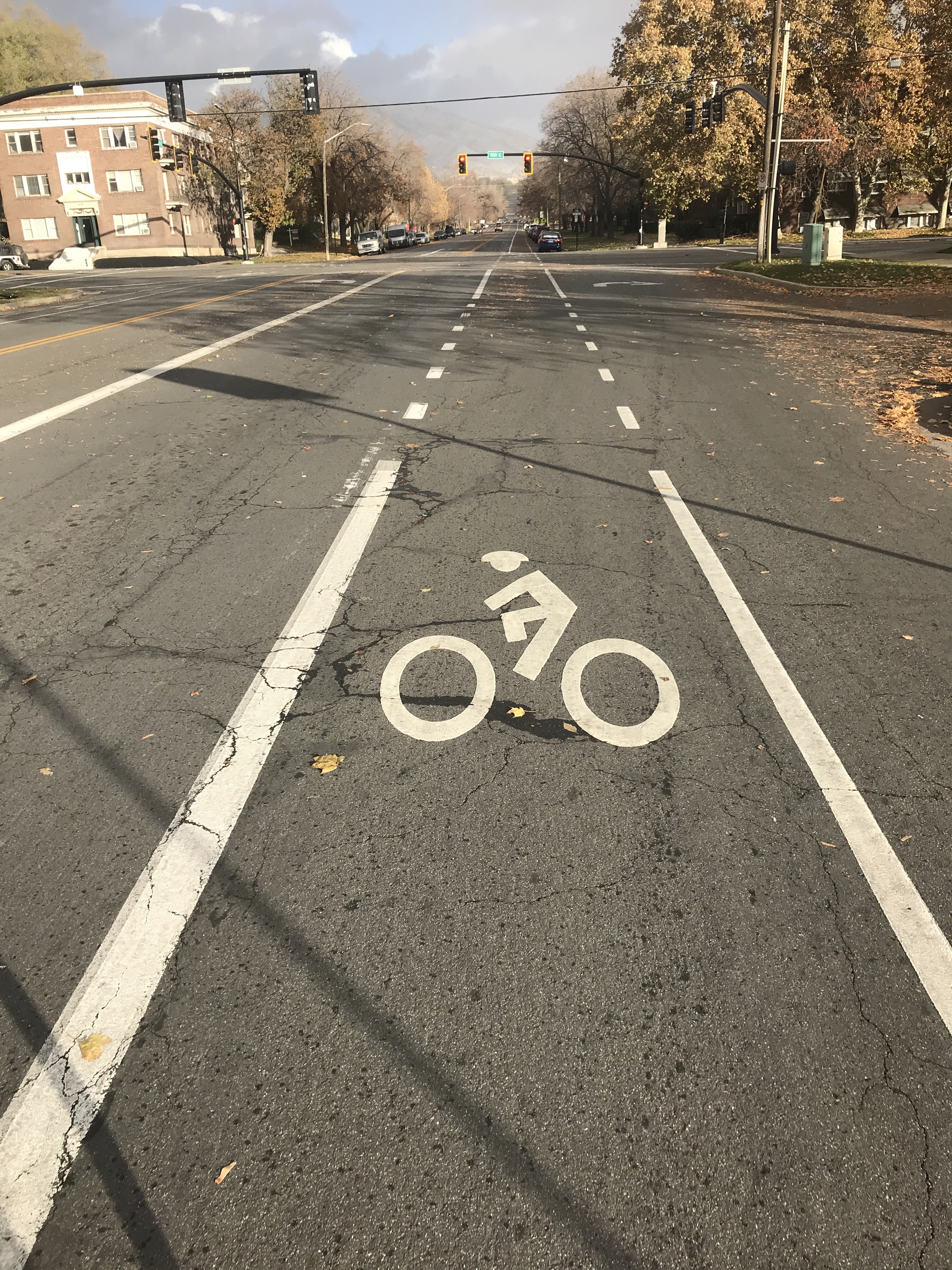Story and photos by CHRISTOPHER STENGER
Electric scooters and skateboards are everywhere on the University of Utah’s campus. These personal transporters have such a large impact on campus and anyone who walks the campus will see the hazards they have created.
Electrical powered personal transporters are still required to follow the same rule of non-motorized personal transporters, like bikes, which include a 10 mph zone all throughout campus. When class is getting out or about to start and the sidewalks are filled with students, it makes it more difficult for those on electric scooters and skateboards to keep a consistent speed and direction without either crashing into people or forcing pedestrians off the sidewalk.
Students have bought their own personal electric scooters or skateboards to avoid having ton pay the rental cost. The electrical scooter companies require a small fee before you use every time. Companies like Lime and Bird provide electric scooters to rent for $1 with a per minute cost ranging from 25-50 cents.
According to the U’s policy code 3-232, skateboards are defined as ‘a non-motorized device consisting of two or more wheels affixed to a platform or board upon which a rider stands and which does not have steering capability similar to that of a bicycle or brakes which operate on or upon the wheels of the skateboard.” Having these electric skateboards around campus is technically violating school policy.
According to Ginger Cannon, the University of Utah’s active transportation manager, ‘The current contract prohibits Lime and Bird from deploying scooters on school property, but does not ban the operation of the vehicles.” This stops these large companies from having the ability to mass drop scooters all around campus, she said in an email interview.
Students around campus who do not ride these electric scooters or skateboards explained that they actually do not have serious issues with these personal transporters. Alex Dasla, a senior here at the U, said, “I believe that the scooters might be more safe to use on campus than the skateboards, but still would prefer that they both stay in the biking paths instead of the walking paths.”
People are caught off guard when an electric scooter or skateboard flies past them while walking to their classes. Since they’re electric, it’s very difficult to hear the scooter or skateboard approaching.
William Slicer, a junior at the U, explained how he was actually involved in an electric skateboard crash, as a pedestrian. Slicer believes that “they should be required to ride in the bicycle paths and only those areas when on campus because of their stealthiness and quickness.” He added, “I am just lucky I was hit onto the grass and not into another person or the concrete.”
Lt. Terry Fritz of the U’s campus police explained that he believes that “the issue isn’t the electrical part, but it is the mode of transportation in general. I think that the human powered and electric powered scooters as equally as dangerous on our campus.” Fritz also said “he sees more bicyclist abusing the speed limit of 10 mph than of the skateboarders and scooter riders.” This happens because they do not have a set max speed and can go well above 15 mph.
Fritz explained how he thinks that with all the electrical scooters being stranded outside campus buildings, that “they’re creating not the best image for campus.” He said that “hub locations would be very helpful with correcting the bad image of the scooters stranded all over campus.”
Cannon has been working at the U for nearly two and half years and is constantly working to improve the ways of transportation around campus. Cannon uses social media, like Twitter, to spread news of her work to improve campus mobility. Her Twitter handle is @GingerCannonU.
Walking around campus you will see scooters scattered all around building entrances, in bike racks or even just in front of doors. Cannon says she wants to create “Mobility Hubs” for the scooters and skateboards in the near future.
These scooters and skateboards are still new to the U but are on the uprise for campus. The U will have to adapt to these electric personal transporters and work to better their operation, as people are not going to stop riding them on campus.


























